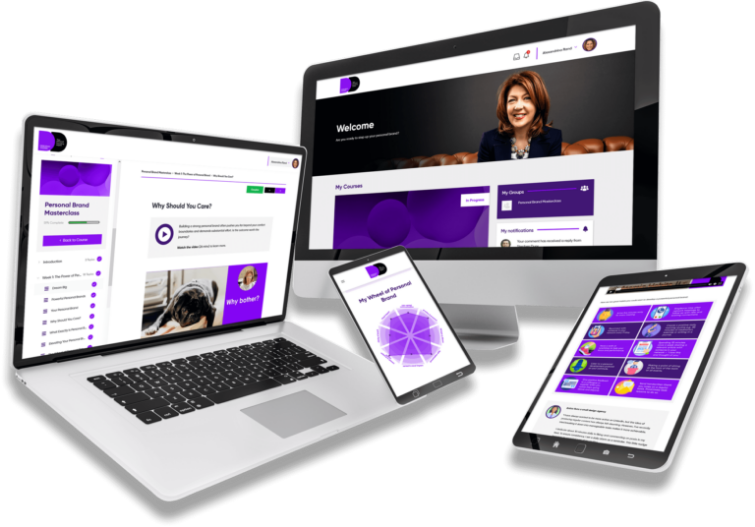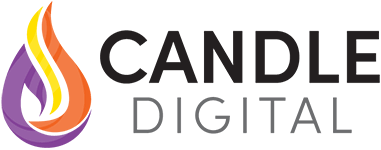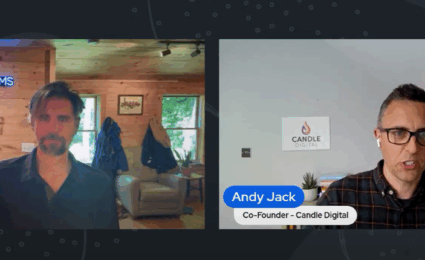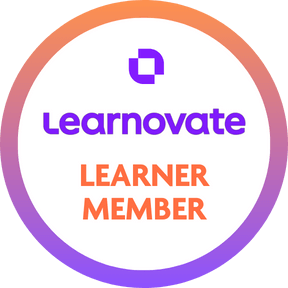Adapting your training in light of COVID-19: Our top tips

The world seems a very different place to what it was only a few weeks ago.
Since the outbreak of COVID-19, we’ve been inundated with emails and calls from face-to-face training providers asking for support.
For some trainers, the imposed restrictions meant that their face-to-face training delivery literally had to stop overnight and they needed to respond rapidly to these extraordinary circumstances.
Many of our clients have been affected and we’ve spent the last few weeks helping them adapt their businesses to the new ‘low-touch’ economy. Luckily, many were already delivering some, or all of their training online, so it’s been a journey of re-calibration rather than wholesale change.
Although the situation is still evolving, we’ve finally had a chance to reflect on it.
This is a time of confusion and distress for many trainers, so we wanted to provide some advice for those yet to make the leap to online delivery.
Hopefully our insights will make the options clearer going forward:
1) Live webinars aren’t the only way to take your face-to-face training online
Live webinars, or video conferences, are the obvious quick, short-term fix as they’re ‘live’, like a face-to-face course, but they’re delivered online.
Understandably, without access to a physical classroom, many have jumped on webinars to continue their training courses, fulfil pre-existing contracts and keep the cash coming in.
But delivering hours of online training through a webinar can be exhausting, both for trainers and the participants. Terms like ‘Zoom fatigue’ are becoming commonplace, reflecting the current race to deliver everything live and online.
Depending on your audience, webinars might not be appropriate as some delegates may not have the technology and internet connection needed to access them.
What are the alternatives?
First of all, if you want to go down the webinar route, note that there are many different ways of delivering webinars, depending on how formal you want your training to be and how much you want your participants to interact with you, and each other.
To encourage trainers to think beyond the typical live lecture webinar, Rachel Burnham has summarised the different forms a training webinar can take in the diagram above.
If you want lots of interaction and an informal approach, Rachel suggests switching your video cameras on during your webinar and facilitating discussion using a lively chat panel.
Secondly, it’s best if you don’t deliver 100% of your training via webinar.
Many of our clients have opted for a blended approach to their training, using synchronous and asynchronous activities (technical terms for ‘occurring at the same time’, or not) to create a mix of learning elements.
Your typical webinars fall into the synchronous (or ‘live’) category, as everyone meets at a certain time and has the same experience.
Instead of using webinars as the ‘input’, some of our clients are using webinars for group discussions as a way of bringing conversations together. Participants are preparing beforehand using videos and articles curated by the trainer, i.e. the ‘input’. Then they come together as a group to discuss what they’ve learnt and how it influences their situation.
So, instead of webinars simply acting as a tool for knowledge transfer, they’re a space for discussion, reflection and insights from other participants, as well as a reinforcement aid for the learning input.
Participants are then provided with further asynchronous tasks and activities to help them put what they’ve learnt into action and give them time to digest what’s being taught.
Rather than using live webinars as the sole delivery method, they’re creating an impactful learning experience using a mix of different activities to provide space between elements. The trainers are using different delivery methods because of their strengths, not just because they exist.
This fantastic diagram from Daniel Stanford summarises some of the online training options available to you.
2) If you do use live webinars, make them effective
Learning authorities like Donald H Taylor and Lightbulb Moment, have provided their expertise in this area, but here are some of our quick tips for delivering effective webinars:
- Get comfortable with the technology you’re working with. Zoom is a popular choice of video conference platform but we’re big fans of Whereby, especially for smaller groups. We’ve also had good experiences of using Adobe Connect for larger groups. Think of the platform as an online meeting room you can join, rather than an event you sign up to.
- Plan and set up your webinars. Where possible, involve two people – one delivering the training and the other managing the set up and chat function. The ‘back channel’ is the conduit between the presenter and the group (particularly when there are a large number of participants), and smooth delivery relies on the support of that second person.
- Don’t just ‘lecture’ online. You wouldn’t stand up in your training room and talk to your audience for an hour at a time, so avoid it online too. Invite conversation (ideally through your co-host) either orally or through the chat function. Many webinar tools also allow you to conduct online polls.
Make sure you plan, pilot and refine your webinars – your learners will thank you for it.
3) Keep one eye on the longer term
At the moment, commercial realities are pressing, but keep one eye on the long term when taking your training online.
We’ve found that our clients’ situations currently fit into two very opposing boxes:
- The client has a sudden increase in demand for the solutions they’re providing and they’re struggling to deliver them in a sustainable way. Or, the client has existing commitments as part of a training contract and needs to find a new way to deliver them.
- Demand for the client’s products/services has fallen, perhaps because they’re not seen as a priority at this time. This is a demand challenge first but could become a delivery issue once things pick up and some ‘normality’ begins to return.
If you have an increased demand for your services, it’s likely you’re in a hurry to adapt your delivery methods. But think about how the decisions you make now will affect your business in the future:
- Consider your choice of technical platform. Whatever decisions you make around technology now might be difficult, time-consuming or expensive to reverse later on. This can be difficult territory to navigate, so make sure you’re getting good, independent advice on this.
- Consider your pricing. Some trainers worry that they’ll have to reduce the price of their course if it’s delivered online instead. We don’t think this needs to be the case. If your course is of the same quality and leads to the same outcome, retain your existing prices if the market can bear it – otherwise you might be making a rod for your own back later down the line.
- Capture what you’re creating. Record your webinars and save your presentations as you may be able to recycle them.
For those with demand issues, we’d recommend using the value proposition canvas to explore how you can continue to sell your expertise during this time.
It’s likely that your current offering will need to change in terms of delivery. This could be by targeting a different market or audience within your market, or it could be a blend of online delivery and coaching. The form your training takes may never be the same again.
4) Just get started
The biggest risk right now is procrastination.
It’s unlikely that the training world will return to how it was pre-coronavirus.
In a sense, there’s been an enforced digital transformation. Training has to be delivered online at the moment, but this new, imposed way of life means people are becoming increasingly accustomed to remote working and learning online.
Often the challenge is knowing where to get started. Our suggestion?
Review your portfolio of courses, and try to identify which courses (or elements of courses) you could transition online first. Try to keep the scope tight, but let your customers and market demand guide your choices. Then look at the most suitable ways to get them online.
We hope these recommendations provide you with some useful pointers for adapting your training delivery during these turbulent times.
If you need any more advice about taking your training online, please get in touch.
Fresh Insights Direct to Your Inbox
Enjoyed this article?
Join the Candle Digital Mailing List
You’ve Mastered Your Craft. Now Scale It.









